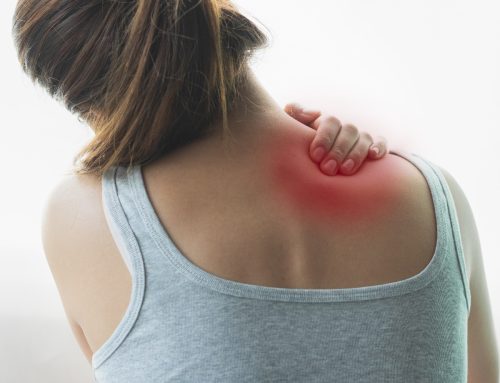Fungal infection
Fungal infection on the skin is also known as mycosis. Fungi inhabit in your homes, offices, plants, dirt-infested areas, and even your skin.
What causes fungal infection?
In people, fungal infections happen when an invasive fungus attacks a part of the human body, and the immune system is not able to contain it. A fungal rash occurs when your skin is brought into contact with someone who carries a fungal infection. For instance, if you borrow footwear from someone who has a fungal infection, it can pass on to you. It can also happen when you use a skincare product that does not agree with you.
What does a fungal rash look like?
A fungal infection often has a red hue and is spread across a wide area. A fungal rash is seen to be more intense at the border area. It has tiny, prominent pustules at its edges.
There are different types of fungal infections, but two common symptoms include
- Itching
- Changes in the skin including the onset of redness, peeling, and cracking in the area.
Types of Fungal Infection
Here are the types of fungal infections –
- Ringworm – Also called tinea corporis, it is a ring-shaped rash with raised edges. It is not a worm, but a skin infection caused by fungal growth. The name is because of the shape of the rash which is in the form of a ring. Ringworm can pass through infected people and animals, as well as clothes, furniture, and equipment. The condition can exacerbate with the onset of humidity and heat.
- Athlete’s Foot – Also called tinea pedis, it is known to affect the area between one’s toes. It is found to be common in people who use swimming pools, public showers and baths, wear tight footwear and do not change their socks regularly. This type of fungal infection is more prevalent in hot and humid climates.
- Jock Itch – Also called tinea curis, it is known to affect the groin area and inner thighs. It is seen to be more common in men and teenage boys. Again, this condition is more common in summer and humid areas. It is a type of ringworm but found in the genital areas, inner thigh area and buttocks. more on wikipedia
- Scalp ringworm – Also called tinea capitis, this rash is known to cause hair- loss. This is also a ringworm infection that is more common in hair follicles of the scalp area. It caused red bumps and scales on the scalp region. The condition can also cause itching and bald patches on the head.
- Nail Fungus – Also known as onychomycosis, it is known to affect the nails, which become thick and are prone to breakage. The nails become brittle and look discolored, especially in the form of yellow or white spots under the toenail or fingernail. Though it can affect people of any age, it is more common in the elderly.
- Yeast Infection – Known as Candida albicans, yeast infection especially in and around the vaginal area, is a common fungal infection among women. It can lead to itching, redness, swelling and clumpy discharge, and even pain. Yeast infection can also appear in the mouth and throat area causing a condition called oral thrush. Thrush manifests in the form of white patches in and around the mouth area.
Treatment for fungal infection
A doctor may prescribe oral medications or an anti-fungal cream on a case-to-case basis; but more commonly, anti-fungal powders are known to be quite effective in treating fungal infections. You can use a good quality anti-fungal powder like Clovig. It is a Clotrimazole Absorbent Dusting Powder, which contains Clotrimazole, a potent anti fungal medication.
Clotrimazole Absorbent Dusting Powder is known to control itching, absorb excess perspiration, and treat fungal infections. It alleviates skin irritation; prevents and treats fungal rash.





